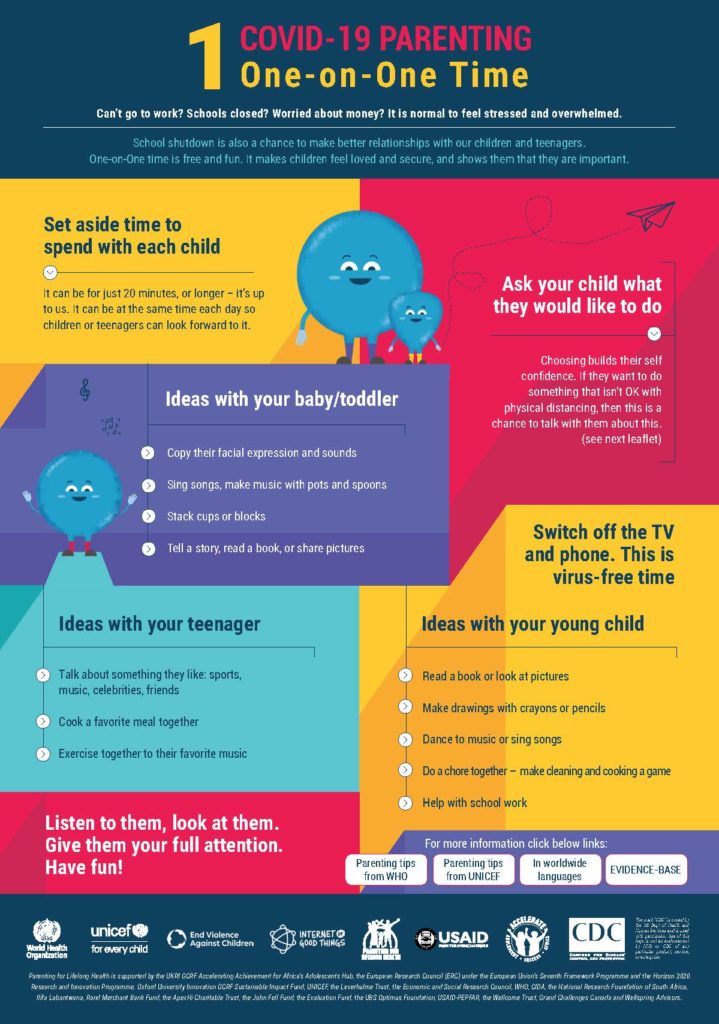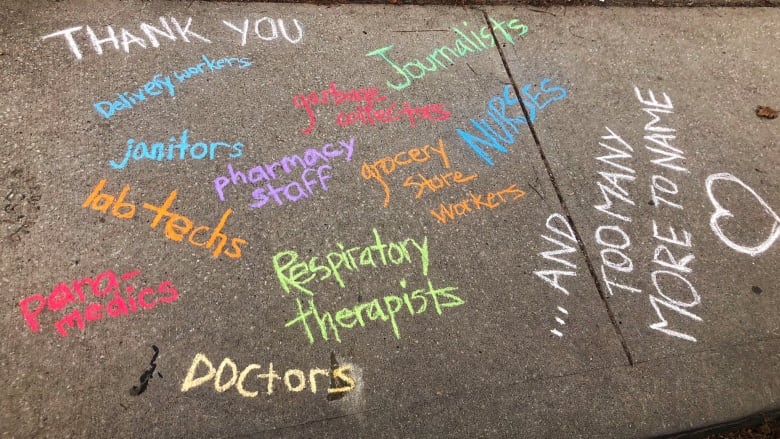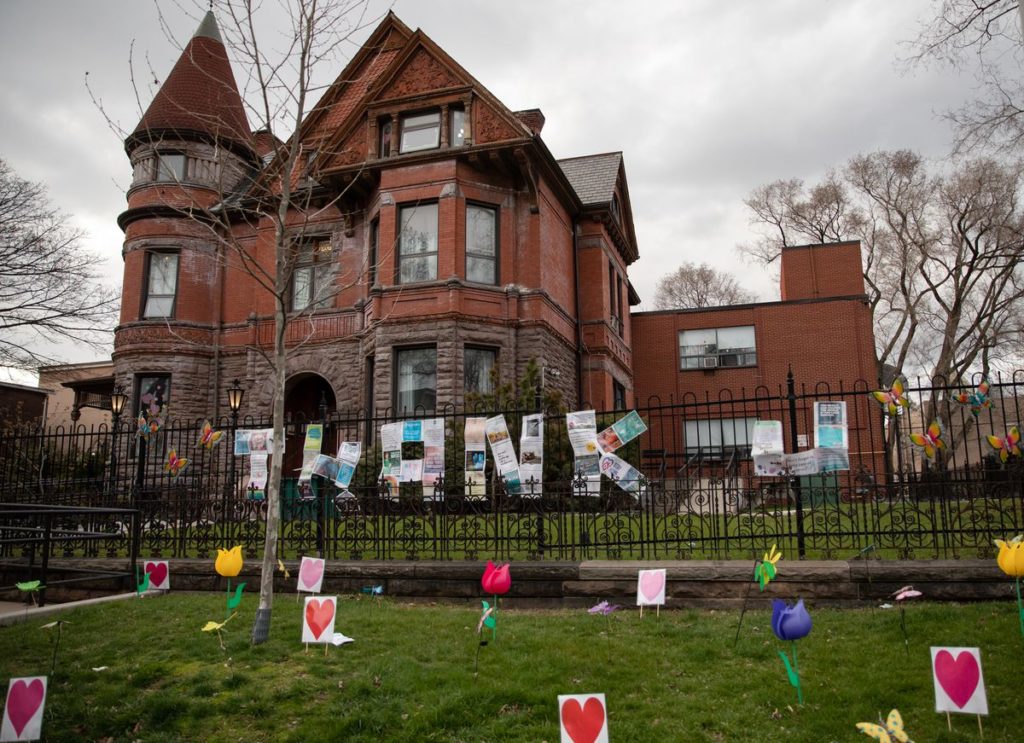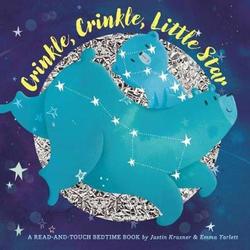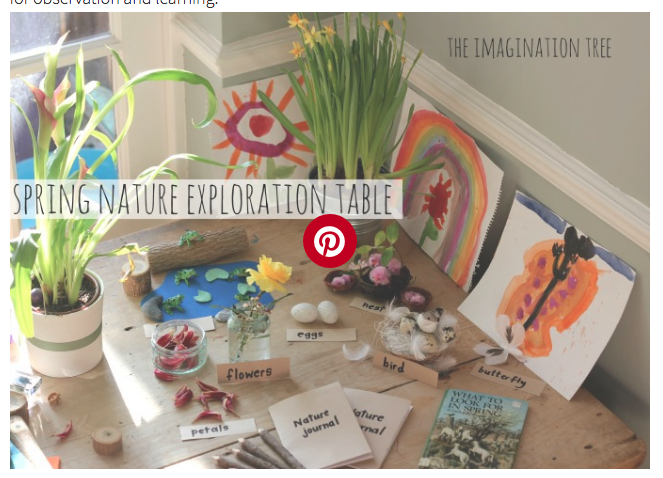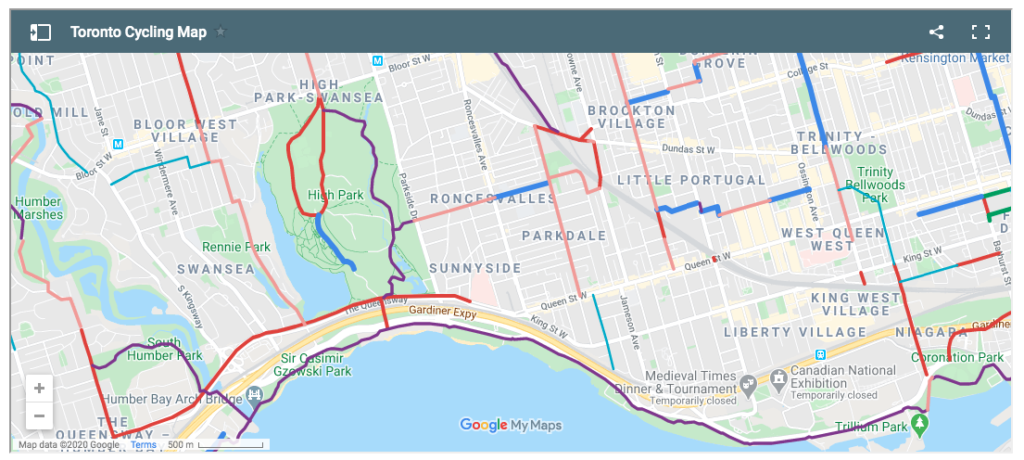Social and emotional learning (SEL) is the process through which children and adults understand and manage emotions, set and achieve positive goals, feel and show empathy for others, establish and maintain positive relationships, and make responsible decisions.
https://casel.org/what-is-sel/
Social and emotional skills are taught at school, and children also learn the skills at home. With families home, School Mental Health Ontario recommends parents and caregivers focus on social learning with children, to support children’s mental health and ability to:
- Manage stress
- Identify emotions
- Promote positivity
- Nurture relationships
- Develop self-awareness
We’d like to share what they had to say in their blog article 12 Easy and Fun Mental Health Practices to Try with your Children at Home – where they offer up a number of great activities for home, to nurture social and emotional learning skills.
Enjoy!
Manage stress
These activities will help children learn some healthy ways to cope with stress, such as deep breathing.
Deep belly breathing
Have your child get comfortable (standing or sitting), and encourage a straight back, relaxed head & shoulders, gently closing their eyes. Have them place their hands flat on their stomach.
- Now, ask your child to breathe in deeply through their nose, filling the belly with breath.
- Point out how hands move out.
- Encourage them to hold their breath.
- Slowly breathe out through the mouth to feel the stomach contract and hands move in.
- Repeat 5-6 times
- Practice deep belly breathing any time your child seems stressed or upset
Snowstorm in a bag
Collect items from around your home (straws, baggies, feathers, tissue paper, etc), and put some of the materials in a clear container / baggie. Close it, and place a straw in the hole.
- Have your child take a big breath.
- Blow slowly into the straw.
- Watch how the materials float around the container. Does it look like a snowstorm or something else?
- Repeat
- Ask your child how it feels when they do this.
Identify emotions
These activities can help your child learn to identify, understand and express feelings.
Emotion charades
Gather a bowl or container, paper, and pens/pencils. On slips of paper, write or draw different feelings based on the child’s age (happy, sad, angry, worried, etc). Explain the game to your child:
- Decide who will go first. Have that person pick a piece of paper from the bowl.
- Have them read the feeling to themselves, or, if needed, help your child read the feeling.
- Now, they will act out the feeling without words while the other players try to guess what it is.
- Once someone gets the right answer, it’s the next person’s turn to pick a piece of paper and act out the feeling
Added suggestions: Talk about the feelings either during the game of afterwards. Ask questions such as: When does this feeling happen? What does it feel like in your body?
What’s my temperature?
Gather paper, crayons or markers. Write or draw different feelings on a piece of paper (happy, sad, angry etc), and ask your child to pick on feeling for the activity.
- Have your child draw a big thermometer on a piece of paper.
- Mark off different points along the thermometer from 0 at the bottom, to 5 at the top.
- Write the feeling your child picked at the top of the paper.
- Talk about the different intensities of that feeling with 1 being the lowest and 5 being the highest. For example, if your child chooses anger, 1 might be not at all angry and 5 might be furious.
- Describe a situation and ask your child to rate where on the thermometer that situation might make them feel.
- This can be used during different times to help your child recognize the feeling and the intensity.
- Make a new thermometer using a different feeling.
Stay positive
Optimism helps all of us! These activities focus on seeing the good in situations, and hopefulness about the future.
Gratitude moment
Gather paper and a pencil, and introduce the activity to your child: “We are going to take a few minutes to talk about some of the things in our life we are grateful or thankful for.” Explain what it means to be grateful or thankful.
- Share something you’re thankful for as an example.
- Everyone takes a turn sharing what they are grateful/thankful for.
- Repeat as often as you would like
- Consider writing down comments and posting them in the home.
Four finger affirmation
Gather a paper and pencil, and:
- Ask your child to choose four words that make them feel calm and confident. It might be a sentence or just four words.
- Examples: “I am loved today,” “I believe in me,” “Breathe, listen, smile, love,” “I can handle this.”
- Explain that each word they choose will match a finger on their hand.
- Have them say the words (affirmation) aloud or in their head and connect each finger with their thumb.
- Tell your child they can repeat this as many times as they like, aloud or to themselves.
Nurture relationships
These activities are all about building healthy relationships, like showing kindness and being positive.
Kindness Jar
Gather a large see-through jar and dried beans, pasta, marbles, or jelly beans (or other small items you have in the house), and explain to your child that the jar will be used to capture “acts of kindness” for everyone in the family who is participating. Talk about what an act of kindness is (e.g. sharing a toy with a sibling).
- The beans/items are added to the jar for each kind act that someone notices someone else doing.
- Share with each other when an “act of kindness” is noticed.
- The sharing can happen when the family is together, such as during a meal.
NOTE: This is a great activity that children can share via telephone or video calls with others such as grandparents, aunts, uncles, cousins and friends.
Notice the positive
Gather materials to write on and write with, as well as a container to collect messages. Explain to your child what a positive message means and model some positive messages (e.g. The picture you drew made me smile). Practise noticing and saying positive messages with your child.
- Decorate a “positive message” container such as a basket, jar or bin.
- Encourage your child to write or draw positive acts or comments they notice.
- Fill the container during the week with each person’s comments or drawings of positive messages they notice or hear.
- Read the positive messages that were collected when everyone is together.
Know yourself
These activities help children express themselves by feeling capable and comfortable sharing their ideas and feelings.
Show and share
Gather materials to write on (e.g. Post-it Notes, paper) and write with (pens, markers, etc.).
- Have your child think about something about themself that they want to share (e.g. favourite song, someone they admire, a special talent, what they are grateful for).
- Encourage your child to share their thoughts with others in the family.
- Everyone takes a turn.
Note: This is a great activity that children can share through a phone or video call with others, such as friends or family members.
Inspirational graffiti
Note: If you don’t have a sidewalk or driveway but can still head outside, you can use mud, sticks and stones or other materials
Gather sidewalk chalk – different colours if you have them!
- Head outside to a sidewalk or driveway or any space you may have.
- Ask your child what positive message they would like to share with others.
- Encourage them to use words and pictures.
- You might consider joining in with them to talk about how these positive messages and images might encourage those who pass by or see them and how that makes them feel!
- If you have a phone with a camera, take some pictures to share with others to enjoy after the rain washes the message away.
Plan and problem-solve
We can’t avoid challenges in life. You can help your child learn problem-solving skills and organization skills at an early age. These activities can help!
Organizing pause
Together with your child, pick an area of the home to organize. Gather items to help you, such as bins, labels, or garbage bags.
- Pick a time that works for your child. Depending on their age, they may require your assistance and support.
- Identify what you will be organizing (e.g. closet, toys, clothes) and talk about why it is important (e.g. it’s easier to find what you need.)
- Set a time to take a break
- Often these activities offer opportunities for talking about thoughts, feelings etc.
- Think about a way to celebrate task completion (e.g. “high five”, “happy dance”, a little treat.)
- Ask your child how they feel about accomplishing the task.
Stop, think and go problem solving
Gather paper, markers, magazines, scissors. Make a traffic light model with your child – draw one, build one or find a picture of one. The traffic light will be used to help with problem solving. Explain the three colours:
Red means stop! When they have a problem, they stop.
- Take a deep breath
- Talk about what the problem is
Yellow means think!
- Slow down, maybe take several deep breaths
- Think and talk about possible solutions
Green means go!
- Try out your solution
- Talk about some problems your child might face and how the traffic light might help (e.g. fight with a sibling, I want the toy, I want a snack now, I want to watch tv now).
Put the traffic light you created somewhere visible, like on the fridge. Help your child use the visual and this process each time there is a problem or a conflict.


